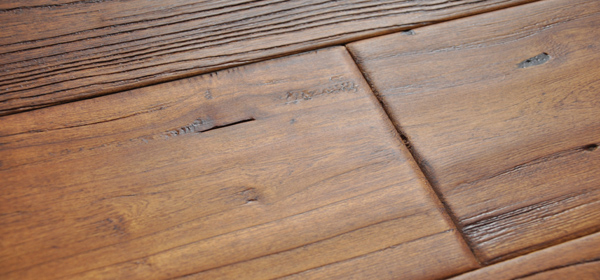Elm Handscraped
Model: QC-HS-EL | Date:2013-06-21
Name: Elm Handscraped /Distressed Wood Flooring
Size: 1200 X 125 X 12(2)mm
1200 X 125 X 14(3)mm
Other sizes are workable
Joint: Tongue & groove
Surface: Handscraped UV lac
Structure: Multi-ply Eucalyptus base
End: micro bevel
Color: color-stained C5019;
Loading: 1600m2/20'FCL;
3000m2/40'FCL;
MOQ: Negotiable
Other requirements:
Smoked, Carbonized, color-stained, brushed, Sawn-mark, Fire-burn, multi-ply/3-ply, other sizes, unfinished, etc are workable
Wood species: Elm
Latin name: Ulmus americana
Wood Properties:
Elms are deciduous and semi-deciduous trees comprising the genus Ulmus in the plant family Ulmaceae. Dozens of elm species are found in the temperate and tropical-montane regions of North America and Eurasia, ranging southward into Indonesia. Elms are components of many kinds of natural forests.
Elm wood was valued for its interlocking grain, and consequent resistance to splitting, with significant uses in wagon wheel hubs, chair seats and coffins. The elm's wood bends well and distorts easily making it quite pliant. The often long, straight, trunks were favoured as a source of timber for keels in ship construction. Elm is also prized by bowyers; of the ancient bows found in Europe, a large portion of them are elm. During the Middle Ages elm was also used to make longbows if yew was unavailable.
Features:
Elm wood is also resistant to decay when permanently wet, and hollowed trunks were widely used as water pipes during the medieval period in Europe. Elm was also used as piers in the construction of the original London Bridge. However this resistance to decay in water does not extend to ground contact.
Elm wood is extremely valuable, since this type of wood is largely water-resistant. It was once used to fashion canoes that were sturdy and tough.
Today elm is mostly used to make furniture and flooring. Throughout history, elm has been a popular wood chosen by homeowners and cabinet makers alike.

